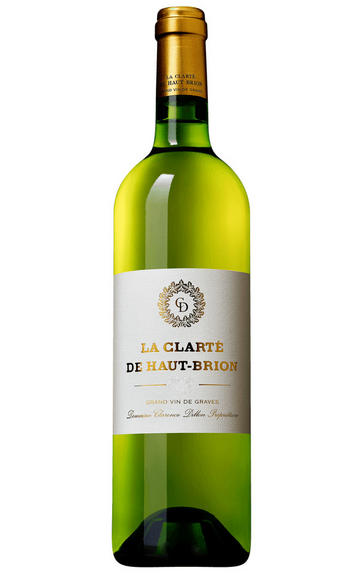
2021 La Clarté de Haut-Brion, Graves, Bordeaux
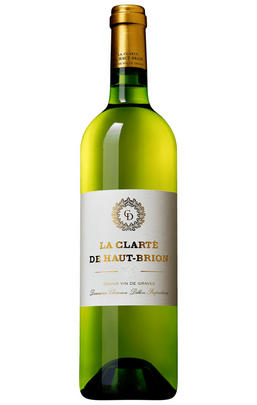
Critics reviews
The 2021 La Clarté de Haut-Brion Blanc has a fresh lime, pineapple and orange zest bouquet, well defined with moderate acidity. The palate is well balanced with fine acidity, taut and fresh, and quite harmonious toward the finish. Seductive white peachy notes linger on the aftertaste. Very fine.
Drink 2024 - 2032
Neal Martin, vinous.com, (May 2022)
2021 is not the year to stock up on 2nd labels of red wines, but the whites offer more consistency, and this is a great example. Has a clear intensity to it, with tension and grip, a slate-textured finish and fleshy but pared-back stone fruits. 45% new barrels, and lower alcohols than over the past few years, as with the whole Haut-Brion range. Harvest from September 3 to 13, with the team able to take their time because the acidity levels in the grapes weren’t dropping fast in the way they have in recent years, giving more leeway over when to pick.
Drink 2022 - 2028
Jane Anson, janeanson.com (May 2022)
Pale, translucent hue. Intensely aromatic with citrus-grapefruit notes on the nose and palate. Generous fruit and supple texture with balancing acidity for freshness. Some persistence. Should drink well young but age a bit as well.
Drink 2023 - 2032
James Lawther, jancisrobinson.com (May 2022)
A blend of 55% Sémillon and 45% Sauvignon Blanc, the 2021 La Clarté de Haut-Brion exhibits aromas of crisp nectarine, citrus oil, white flowers and freshly baked bread. Medium to full-bodied, lively and textural, it's beautifully balanced, concluding with a long, saline finish. It's worth serious consideration this year.
William Kelley, Wine Advocate (Apr 2022)
A firm a fresh wine with lemons and minerals. Medium body, with bright acidity and a lemon, mineral and fruity finish. Lots of apples and pears.
James Suckling, jamessuckling.com (May 2022)
About this WINE
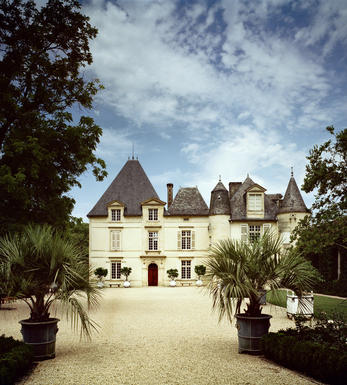
Chateau Haut-Brion
The only property from outside the Médoc to be included in the 1855 Classification, Haut-Brion’s viticultural history can be traced back further than its Médoc First Growth counterparts. Samuel Pepys even mentions it in his diaries. Situated in what is now Pessac-Léognan, the property finds itself now in the suburbs of the ever-encroaching city of Bordeaux.
After falling into a state of disrepair the estate was purchased in 1935 by Clarence Dillon, an American financier, since when it has enjoyed a steady and continual resurgence to a position of pre-eminence. Dillon’s great-grandson, Prince Robert of Luxembourg, now runs the estate, but a key influence in the reputation which Haut-Brion enjoys today is the Delmas family. George Delmas was manager and wine-maker until 1960, when his son Jean-Bernard took over. Jean- Bernard was a visionary figure, responsible for a number of important innovations, and on his retirement in 2003 his son Jean-Philippe took over as Directeur Générale.
The vineyard is planted to 40% Cabernet Sauvignon, 37% Merlot and 18% Cabernet Franc. A stunning white wine is also made, from a part of the vineyard which is 63% Semillon and 37% Sauvignon Blanc. Production is smaller than at the other First Growth Wines, totalling about 20,000 cases, shared between the Grand Vin and a second wine, formerly called Bahans-Haut-Brion but changed in 2007 to Clarence de Haut-Brion in recognition of Clarence Dillon. Production of Haut Brion Blanc is minute, less than 800 cases in most years.
Beginning with the 2009 vintage a new white wine was introduced in the place of Clarence: La Clarté de Haut-Brion, the offspring of Domaine Clarence Dillon's two prestigious white wines: Château Haut-Brion Blanc and Château La Mission Haut-Brion Blanc.
Fermentation of the red wines takes place in stainless steel vats, after which the wine will spend 22 months, sometimes more, in new oak barrels before being bottled unfiltered. For the white wine fermentation takes place in new oak barrels, after which the wine spends a further year to 15 months on its lees in barrel before bottling. The white wine is truly sensational, equivalent in class to a top-flight White Burgundy Grand Cru, but its scarcity means that it is rarely seen.
The red wine is no less extraordinary; at its best it displays text-book Graves characteristics of cigar-box, curranty fruit, earth, smoky spice and cassis. The high Merlot content, compared to the Médoc First Growths, gives it a voluptuous edge, but does not in any way detract from its ability to age.
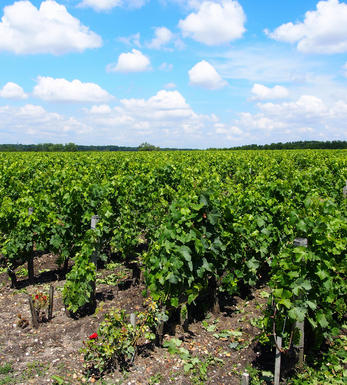
Pessac-Leognan
In 1986 a new communal district was created within Graves, in Bordeaux, based on the districts of Pessac and Léognan, the first of which lies within the suburbs of the city. Essentially this came about through pressure from Pessac-Léognan vignerons, who wished to disassociate themselves from growers with predominately sandy soils further south in Graves.
Pessac-Léognan has the best soils of the region, very similar to those of the Médoc, although the depth of gravel is more variable, and contains all the classed growths of the region. Some of its great names, including Ch. Haut-Brion, even sit serenely and resolutely in Bordeaux's southern urban sprawl.
The climate is milder than to the north of the city and the harvest can occur up to two weeks earlier. This gives the best wines a heady, rich and almost savoury character, laced with notes of tobacco, spice and leather. Further south, the soil is sandier with more clay, and the wines are lighter, fruity and suitable for earlier drinking.
Recommended Châteaux: Ch. Haut-Brion, Ch. la Mission Haut-Brion, Ch. Pape Clément, Ch Haut-Bailly, Domaine de Chevalier, Ch. Larrivet-Haut-Brion, Ch. Carmes Haut-Brion, Ch. La Garde, Villa Bel-Air.
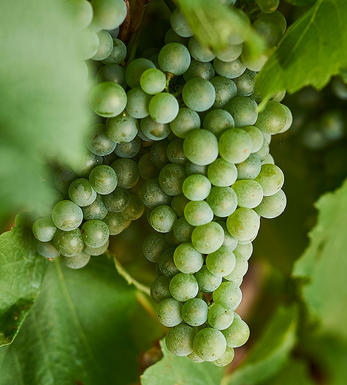
Sauvignon Blanc & Sémillon
The blend used for White Graves and Sauternes and rarely encountered outside France. In the great dry whites of Graves, Sauvignon Blanc tends to predominate in the blend, although properties such as Smith Haut Lafite use 100% Sauvignon Blanc while others such as Laville Haut Brion have as much as 60% Sémillon in their final blends. Sauvignon Blanc wines can lose their freshness and fruit after a couple of years in bottle - if blended with Sémillon, then the latter bolsters the wine when the initial fruit from the Sauvignon fades. Ultimately Sauvignon Blanc gives the wine its aroma and raciness while Sémillon gives it backbone and longevity.
In Sauternes, Sémillon is dominant, with Sauvignon Blanc playing a supporting role - it is generally harvested about 10 days before Sémillon and the botrytis concentrates its sweetness and dampens Sauvignon Blanc`s naturally pungent aroma. It contributes acidity, zip and freshness to Sauternes and is an important component of the blend.


Buying options
Add to wishlist
Description
Sémillon 56%, Sauvignon Blanc 44%
Because the volumes of white wine made by both Haut-Brion and La Mission Haut-Brion are so small, the team deems it more practical to blend their second wines together into this, La Clarté. A faultless introduction to the quality of the 2021 dry whites, this has an alluring bouquet of lime and verbena, with a heady and unctuous sense of both citrus and herbal essential oil. The energy and freshness of the fruit is irresistible. Principally a wine to be enjoyed young, there is enough depth to merit a little time in bottle. Drink 2023-2032.
Our score: 17/20
Berry Bros. & Rudd, April 2022
wine at a glance
Delivery and quality guarantee